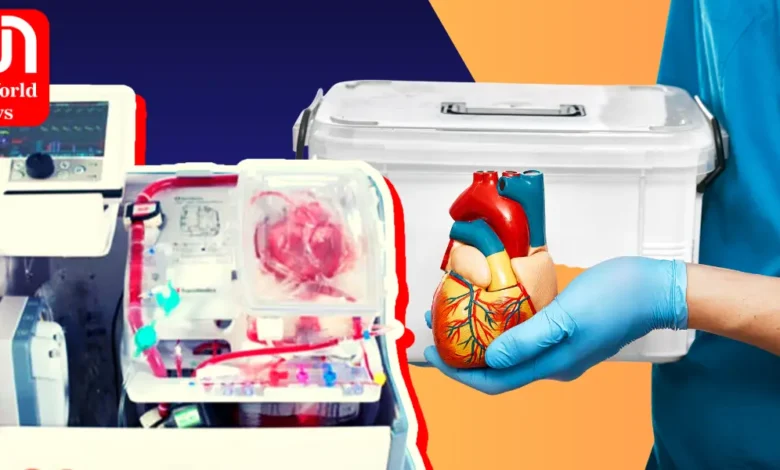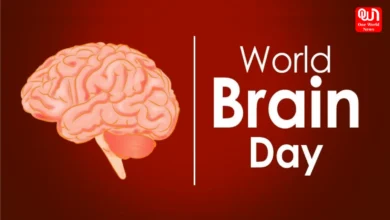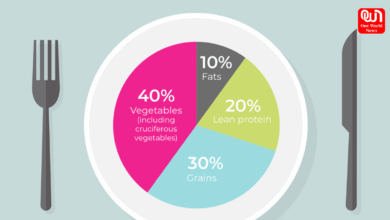Revolutionizing Heart Transplantation: Empowering Donor Heart Availability through Innovative Techniques
Unlocking a new era of revolutionizing heart transplantation, we revolutionize donor heart availability with innovative techniques, empowering more lives to be saved.
Revolutionizing Heart Transplantation with Innovative Donor Empowerment
Organ transplantation has revolutionized medical care, saving countless lives by replacing diseased or failing organs. However, the demand for donor organs far exceeds the available supply, leading to long waiting lists and unfortunate outcomes for many patients. In recent years, a revolutionizing heart transplanting has emerged, offering hope for significantly increasing the availability of donor hearts and transforming the landscape of organ transplantation. This article explores the innovative methods and potential benefits of this new approach.
The Challenge of Donor Heart Shortage:
The shortage of donor hearts is a critical issue worldwide. According to the Organ Procurement and Transplantation Network, in the United States alone, over 3,000 people are currently awaiting heart transplants. Unfortunately, due to limited availability, only a fraction of these patients will receive a suitable donor heart within a reasonable timeframe. This scarcity of organs has spurred researchers and medical professionals to explore alternative strategies to meet the growing demand.
Read more:- Bollywood actresses in their 50s who are ruling hearts
The New Approach: Utilizing Expanded Criteria Donor Hearts
One promising solution involves the use of expanded criteria donor (ECD) hearts. Traditionally, hearts considered for transplantation must meet strict criteria, including being from a young donor with no pre-existing medical conditions. However, ECD hearts come from older donors or those with certain medical conditions that might have previously excluded them as viable options. These hearts are carefully evaluated and prepared for transplantation using advanced techniques and medical interventions.
Read more:- Redefining Elegance: 2 Most Beautiful And Extremely Popular Bollywood Actresses Who Captivate Hearts
Improved Preservation and Assessment:
To increase the chances of successful transplantation, ECD hearts undergo advanced preservation techniques. These methods involve innovative strategies to minimize ischemic damage, such as hypothermic machine perfusion, which maintains the heart at a lower temperature and supplies it with oxygenated blood during transportation. This technique allows for a longer preservation period and more thorough assessment of the heart’s viability.
Ex Vivo Heart Perfusion:
Another breakthrough in heart transplantation is the use of ex vivo heart perfusion. This technique involves connecting the donor heart to a device that mimics the conditions within the human body, providing oxygenated blood and essential nutrients. The ex vivo perfusion system allows for a comprehensive evaluation of the heart’s function, enabling medical professionals to assess its suitability for transplantation. Additionally, this method provides an opportunity to repair and rejuvenate marginal quality hearts, potentially expanding the pool of usable organs.
Read more:- Redefining Elegance: 2 Most Beautiful And Extremely Popular Bollywood Actresses Who Captivate Hearts
Potential Benefits and Implications:
The utilization of ECD hearts and advanced preservation techniques offers several potential benefits. Firstly, it broadens the pool of available donor hearts, potentially reducing waiting times and saving more lives. Secondly, it provides an opportunity to utilize hearts from older donors who might have previously been excluded. This could be especially significant as the average age of potential donors continues to rise. Lastly, by allowing for thorough assessment and repair of marginal quality hearts, this new approach can enhance transplant outcomes, leading to improved long-term survival rates for recipients.
Ethical Considerations and Future Directions:
While the new approach shows promise, ethical considerations must be carefully addressed. Striking a balance between expanding the donor pool and ensuring patient safety is crucial. Rigorous evaluation protocols and patient selection criteria should be implemented to optimize the use of ECD hearts. Further research and technological advancements are necessary to refine the preservation and assessment methods. Collaborative efforts among transplant centers, researchers, and regulatory bodies are essential to establish guidelines and standards for implementing this new approach effectively.
The shortage of donor hearts for transplantation has long been a significant challenge in the field of medicine. However, with the advent of innovative techniques involving expanded criteria donor hearts, advanced preservation methods, and ex vivo heart perfusion, the landscape of heart transplantation is gradually evolving. This new approach holds the potential to substantially increase the availability of donor hearts, reduce waiting times, and improve patient outcomes.








